Unification of Korea Dynasties (2)
- byT.Sapphire 💙
- 8 months ago
- 0 Comments
- 4mins
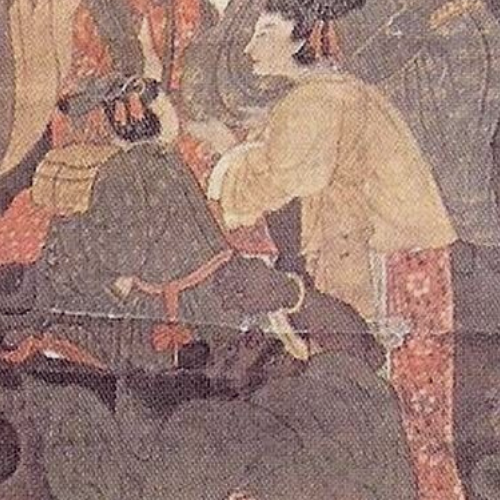
In our first article about the history of Korea, we took us on a journey from the foundational history of Korea to the three-kingdom period. In this article, we are going to continue the journey that stopped at the three-kingdom period in the last article. And in this article, we’re going to look at the unified Silla dynasty, the Goryeo dynasty and the Husamguk-sidae (The later three kingdoms period).
It was established that the Silla dynasty exiled the existence of the three kingdoms period. Here is an account of the fall of the three kingdoms period and the beginning of the Unified Silla dynasty.
● 통일신라 (Silla) The unified Silla dynasty
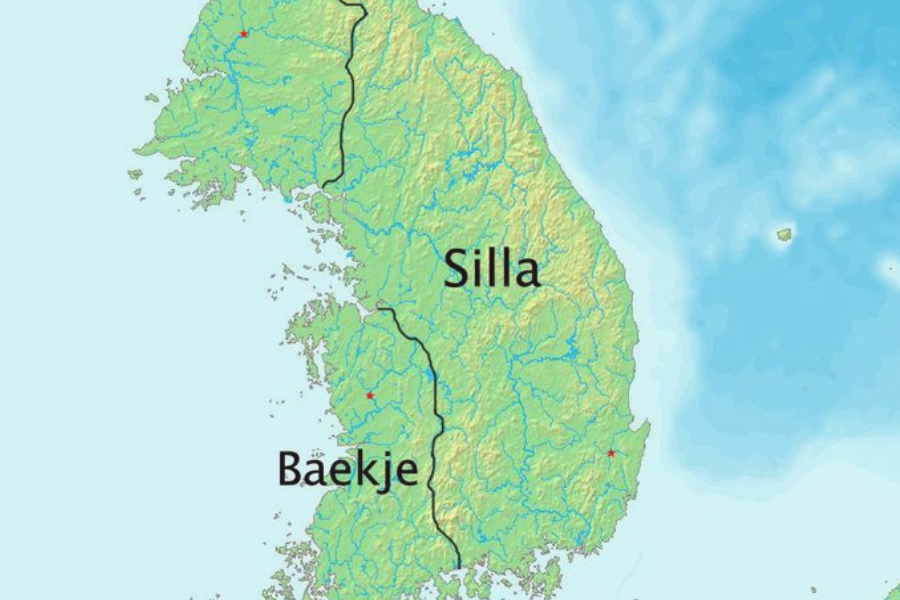
The Silla dynasty began and unified the people of the Korean peninsula when ‘Silla’ , one of the 'three kingdoms period' joined China to overthrow and conquer the other two kingdoms in the 7th century. The then Silla king, 문무왕 (King Munmu) ordered an attack on the 백제 (Baekje) kingdom and defeated it, they also launched an attack on the 고구려 (Goguryeo) kingdom but they faced a strong counterattack. It’s unclear if Silla was able to completely conquer the Goguryeo kingdom because the unified Silla dynasty faced a battle of political instability throughout its existence that later led to its fall. Although the unified Silla dynasty faced all these problems, It was a country that prospered and did well for itself. The unified Silla dynasty was renowned for its richness in gold and they created several items with the use of gold, one of which was the famous three-shaped crown대관 (Daegwan) of the unified Silla dynasty. The capital city of the dynasty was 경주시 (Gyeongju) that was home to the Silla royal court. The Korean people of the Unified Silla dynasty continued their practices in Buddhism, Confucianism and also adopted shamanism. It also experienced the rule of monarchs like 신무왕 (Sinmu) , 진성여왕 (Jinseong), and 경순왕(Gyeongsun) after Munmu. The dynasty existed for 267 years during which the Tang war started. The Silla Tang War occurred because of the political instability of the unified Silla dynasty. The Tang war led to the division of territorial lines that gave room to ‘the later three kingdoms period’ in the 9th century, under the rule of King Gyeongsun the last King of Silla.
● 후삼국시대 (Husamguk-sidae) The later three kingdoms period
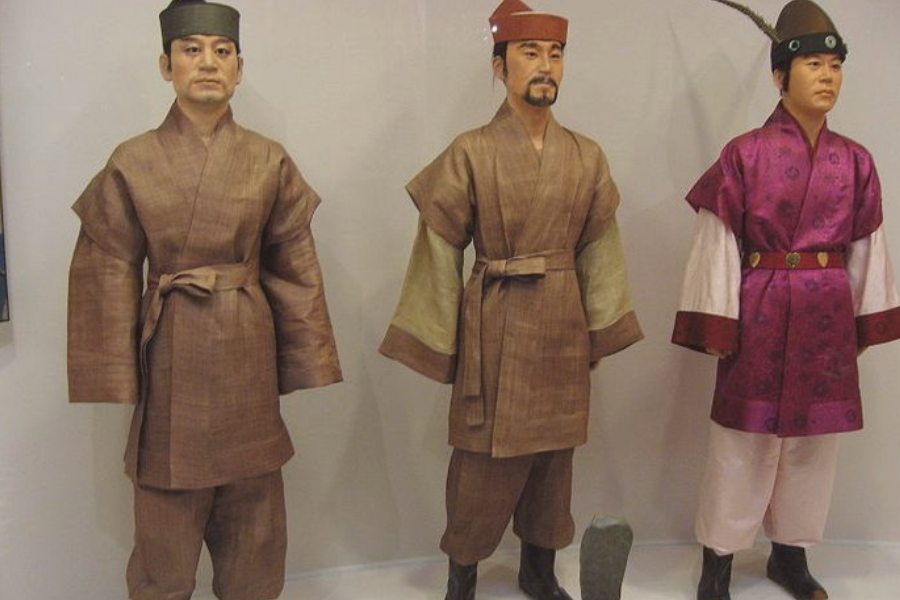
The later three kingdoms period was a period of fighting and power tussle between the three kingdoms that was ended by the unified Silla dynasty. The later Three Kingdom period was a slight revival of the kingdoms before one of them ‘Goguryeo’ formed another unified Korean state that lasted for 500 years after the fall of Silla. Historians prefer to say that the Gorguyeo dynasty overthrew the Silla dynasty but the three kingdoms period was revived partially before the Gorguyeo dynasty took over.
● 고려 (Goryeo/Koryo) The Goryeo dynasty
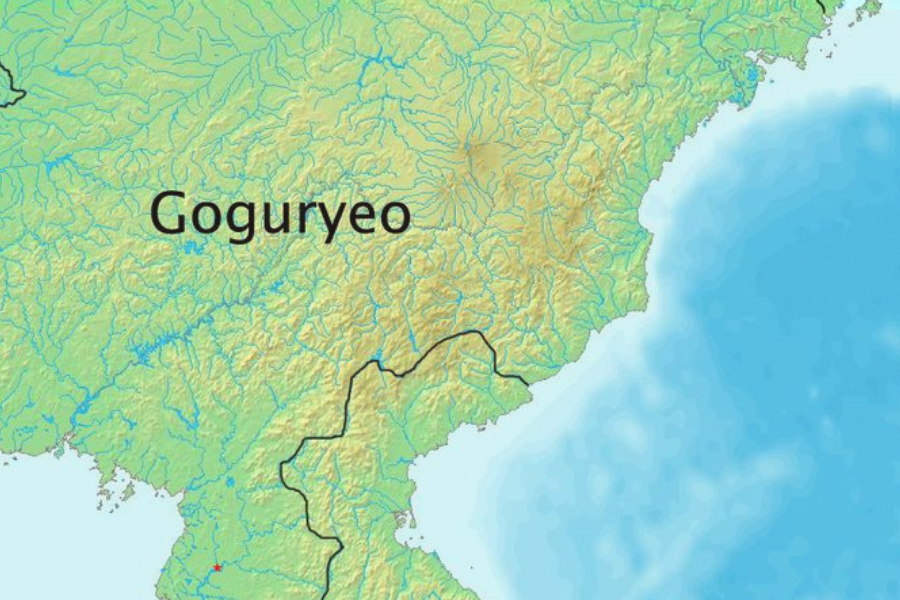
Goguryeo is also referred to as Goryeo. The Goryeo dynasty allegedly ended the unified Silla dynasty but precisely ended the later three kingdoms period. It was a Korean state and it was founded in 918. Just like Silla tried to unify the three kingdoms and later failed, the Goryeo dynasty also tried and they were successful with the unification. They were finally able to put an end to the division in the Korean peninsula. The Goryeo dynasty's main capital was Gaegyeong but it held multiple capitals. The people of the Goryeo dynasty continued the religions they were practicing before the unification. 조선통보 – (Tongbo) and 정보- (Jungbo) became the first currency of the Korean people in Goryeo dynasty. At first, they used the monarchical system of government which 태조 (Taejo) of Goryeo emerged as the first king and it was ended by 고려 공양 (Gongyang) who was the last king. The Goryeo dynasty later adopted the military system of government from 1170-1270. Although they still used the title of King and emperor, it was a military dictatorship system. The regime lasted for about a decade. The Goryeo dynasty soon came into ruin with a proposed attack against the Ming dynasty of the imperial dynasty of China and the attack led to the fall of the Goryeo dynasty which was succeeded by the Joseon dynasty.
The development of Korea took a great toll on the predecessors of the Korean people. They made a lot of sacrifices with the falling and rising of different dynasties to make Korea in general what it is today. Let’s continue this amazing journey from the Goryeo dynasty to the Joseon dynasty and what is to come in our next article.
T.Sapphire 💙
T. sapphire is a writer who found her love for the Hallyu wave after watching the historical drama “Jumong.” She is mainly interested in Korean dramas and the history of Korea at large. Explore her pieces as she takes you on a journey through K-Drama recommendations and keeps you informed about the history of the Korean people.
The Last Dynasty Of Korea (3)
0 Comment(s)
Related Posts
Daily Newsletter
Get all the top stories from Blogs to keep track.


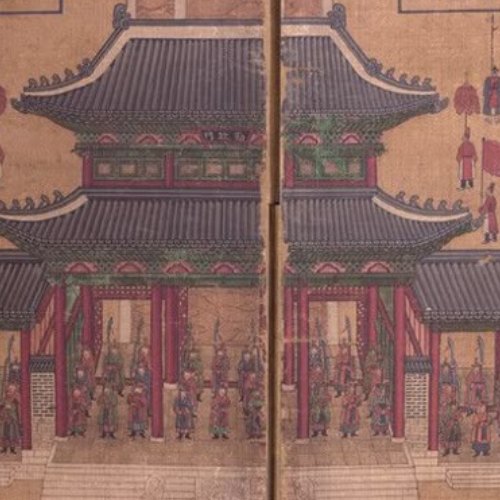


Leave a comment